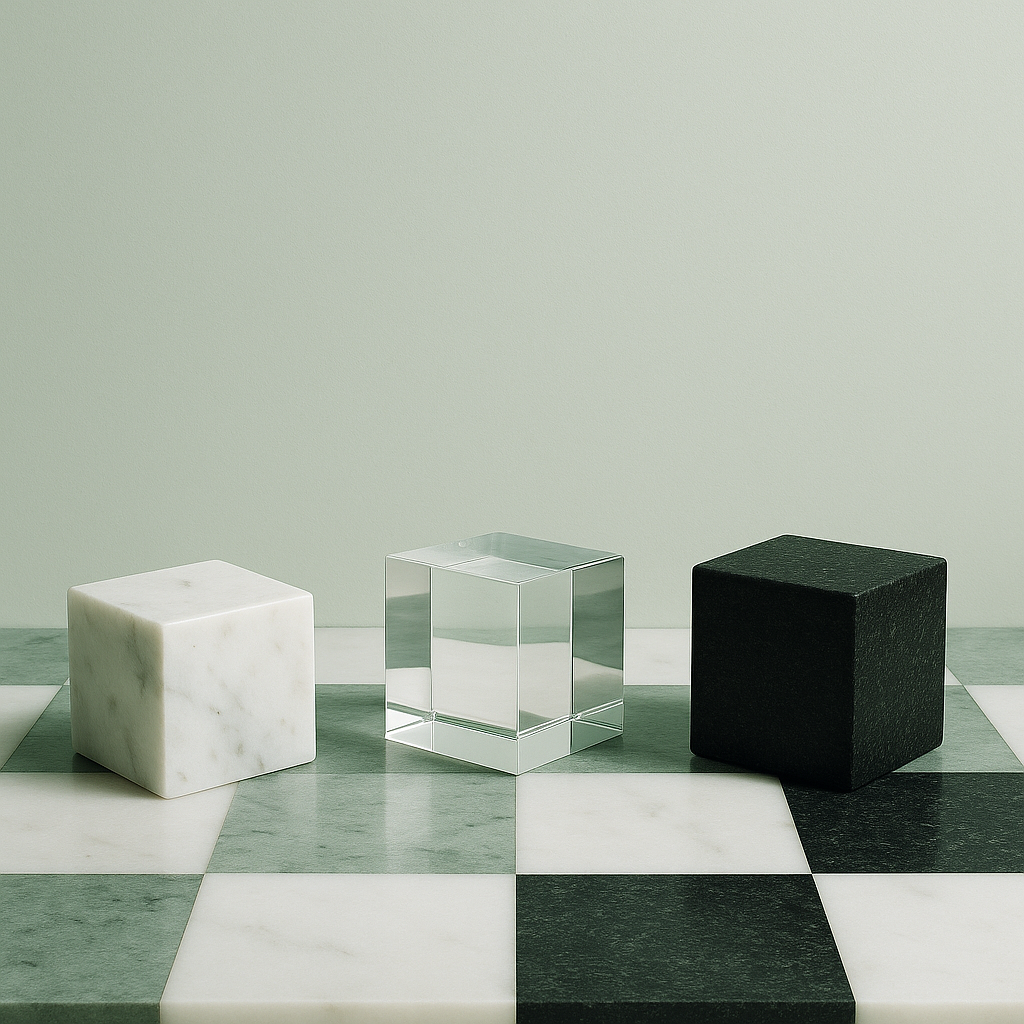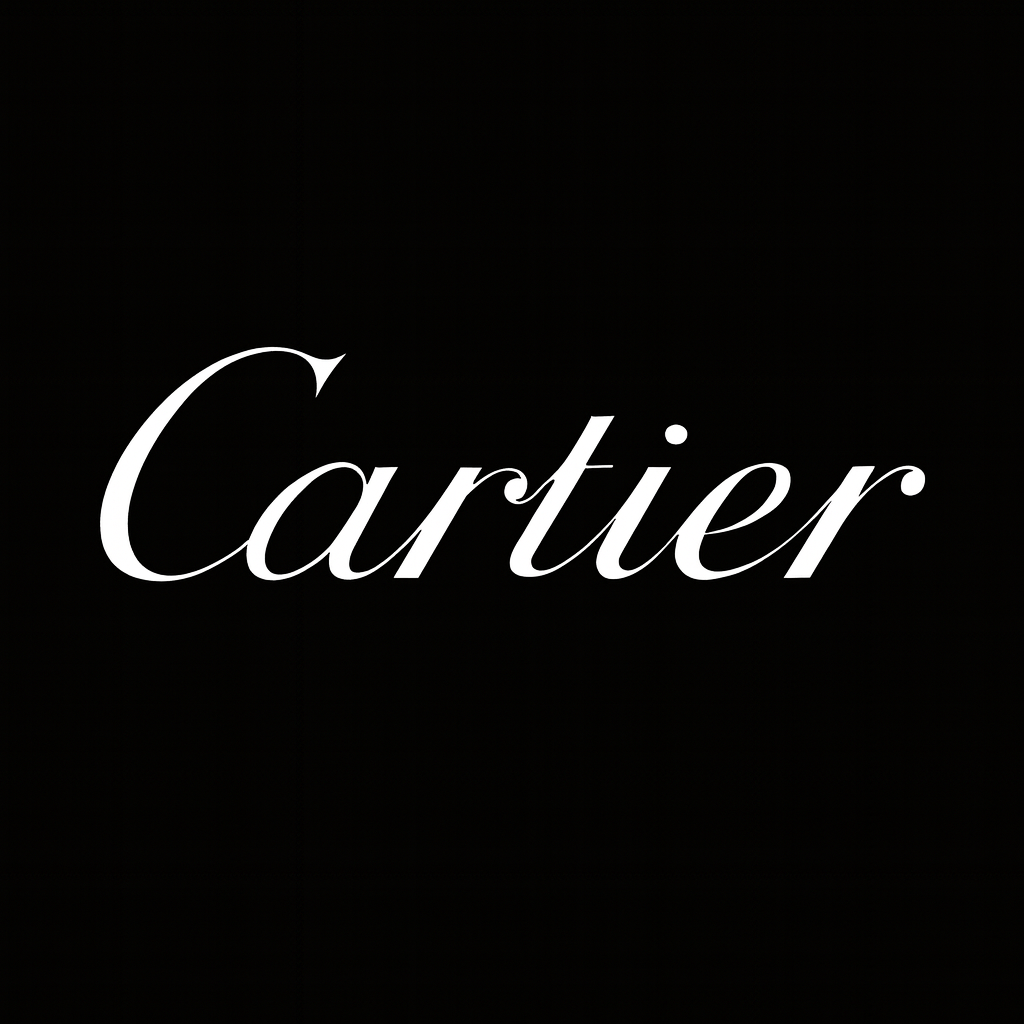
Richard Mille —a racing machine on the wrist
During the 2010 French open, Rafael Nadal changed the history when he stepped onto the tennis court for a Grand Slam match. While Roger Federer has always removed his luxury Rolex watches before the play, Nadal did the unthinkable: he stepped onto the tennis court with a Richard Mille watch gracing his wrist.
That year was a comeback Year for Nadal to reclaim his dominance, as he had lost the French Open in 2009 (his first ever defeat at Roland Garros). With his luxury watch strapped to his wrist, absorbing the shock of every serve — up to 14,000G, he won the tournament without dropping a single set—an incredible feat—defeating Robin Söderling (the man who beat him in 2009) in the final.
Richard Mille’s choice of the French Open for this unveiling was highly strategic, leveraging Nadal's legendary status as the "King of Clay" and the tournament's immense global visibility. This was more than just a product launch; it was a powerful statement, maximizing exposure and instantly associating the watch with peak performance and victory on the grandest stage.
In a world where luxury is typically protected, here was a brand that dared it to perform; and that tells you everything about Richard Mille: this isn’t luxury that sits still. This is luxury that moves — fast, hard, and without compromise.
Richard Mille isn’t a typical Swiss watchmaker with generations of horological history! Born in Draguignan, France, Mille began his career not among gears and springs but in marketing. His journey through the watch industry—from managing exports to heading divisions at prestigious brands—provided deep insights into traditional watchmaking. Yet, Mille wasn’t satisfied. He saw constraints, commercial pressures, and a fixation on tradition & marketing that suffocated creativity.
So he walked away — not from watchmaking, but from convention. He decided to chase a different dream: to craft a watch without compromise, a brand that wasn’t driven by the past, but by possibility. His vision was clear — a watch that would not just symbolize luxury, but embody technical mastery. He built a luxury brand the broke the established norms while preserved core values.
Mille’s watches was inspired by Formula 1 cars and aerospace technology, rooted in mechanical excellence and functionality (engineering first and beauty second). Materials like titanium, carbon TPT®, sapphire, and graphene weren’t chosen to catch light in a boutique window, they were chosen to support the brands identity: shock resistance, durability, lightness, structural integrity. By integrating these high-performance, space-grade materials, Mille fundamentally challenged traditional watchmaking. While the industry admired weight, Mille explored lightness. His design philosophy was one of reduction in an age of ornamentation. By removing superfluous elements, he transformed the meaning of luxury. Instead of being lifeless trophies, his watches are dynamic expressions of artistry in motion.
As Kapferer reminds us, price in luxury should never be justified by cost, but by the symbolic value it conveys. Mille embraced this fully, creating ultra-exclusive models with staggering price tags, often exceeding one million euros. Here, exclusivity wasn't a consequence—it was strategic storytelling. Owning a Richard Mille became less about wearing luxury and more about investing in a concept, an uncompromising vision of excellence.
There’s a 70% rejection rate for titanium parts during the production process. The shaping of sapphire? Incredibly difficult. But Mille never looked for shortcuts. As Kapferer says, luxury isn’t about perfection, it’s about hedonistic value. Mille’s obsession with detail — no matter the cost — transforms every timepiece into a manifestation of this philosophy. He doesn’t chase perfection. He honors the pursuit.
what I admire most is that Mille didn’t just sell watches. He built a myth — one that moves, one that’s worn during combat, not cocktails. And that myth now drives one of the most profitable, rarest, and most admired brands in modern luxury.
He demonstrated that real luxury in the 21st century goes beyond traditional preciousness. It’s about innovation, about pushing boundaries, and above all, about creating meaningful stories rooted in authenticity and daring vision.
By
June 12, 2023
.png)
.png)



